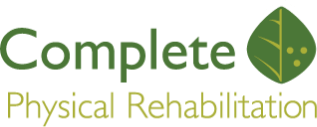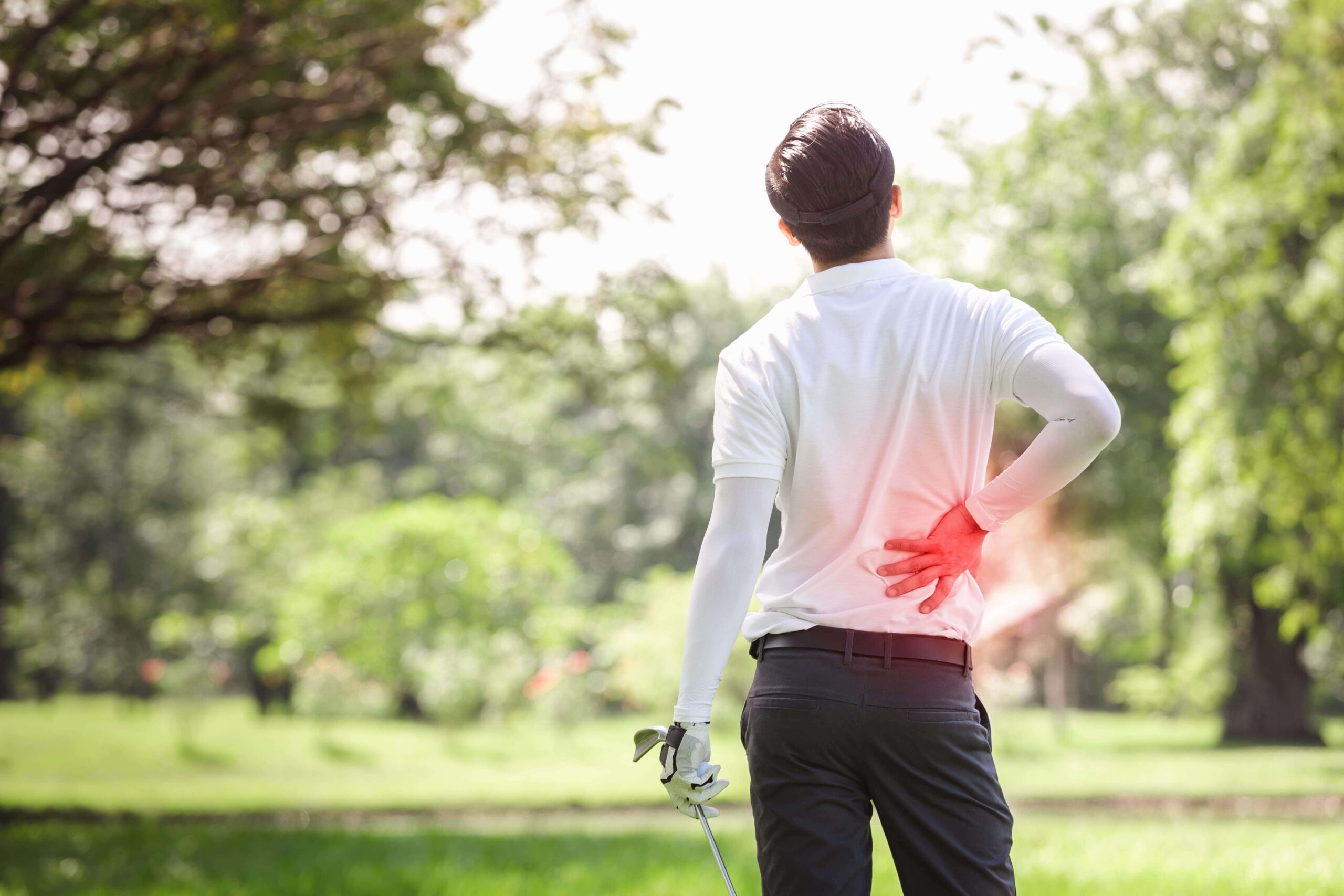Are you struggling with chronic back pain? Millions of people suffer from back pain, making it one of the primary reasons for disability and limited activity. There could be several causes of back pain including problems with muscles and ligaments, improper sleeping position, and injuries. Specific problems with the spine, which includes several vertebrae and discs, may also be the source of back pain. Sometimes problems in the spine can result in a herniated disc. It’s important to see a medical professional as soon as possible to begin treatment for a herniated disc. Call Complete Physical Rehabilitation today to find out how we can help reduce or even eliminate your back pain.
What is a Herniated Disc?
A herniated disc is a problem associated with one of the rubbery discs that are between each of the individual vertebrae in your back. The interior part of each disc is softer on the inside. When the soft part pushes through a tear in the outer shell of the disc it is called a herniated disc. Where in the back it is located and how far the interior of the disc is pushed out will determine how much pain an individual is in.
A herniated disc is sometimes called a slipped, ruptured, or bulging disc.
Causes and Symptoms of Herniated Disc Pain
There are several reasons you may suffer from herniated disc pain. It may occur from an accident or any time you suffer an injury to your back. Sometimes, however, discs will naturally grow weak and degenerate. This may increase as you continue to age. Once a disc becomes weak a minor movement or strain could cause the disc to slip or rupture. Some people may have a genetic predisposition for this type of condition.
The symptoms a person experiences will vary widely depending on the position of the disc and if it’s actually touching a nerve. Pain could range from minor to excruciating. According to the Mayo Clinic, there are several symptoms associated with a herniated disc.
- Tingling or Numbness
- Leg or Arm Pain
- Weakness
How Physical Therapy Helps
You may have been told that surgery is necessary to treat herniated disc pain. Surgery, which carries the risk of several serious side effects, shouldn’t be your first choice. Physical therapy can often help alleviate the pain associated with a herniated disc. There are several treatment options a therapist may use. Deep tissue massage can relieve deep spasms and tension in your back. Other methods might include cold and hot therapy, hydrotherapy, and traction. Move Forward states that for a diagnosis that’s been made within 48 hours a physical therapist might advise you to sit in firm chairs and to stay moderately active to reduce pain and stiffness.
If you think your back pain is caused by a herniated disc a trained physical therapist may be able to help. You’ll want to seek out professional help as soon as possible to prevent further damage from occurring. A physical therapist will likely conduct an extensive evaluation before creating a specific treatment program. There are many courses of treatment using physical therapy that may be able to decrease or completely eliminate your symptoms. Contact Complete Physical Rehabilitation today in Elizabeth or Jersey City for more information about eliminating your back pain.

